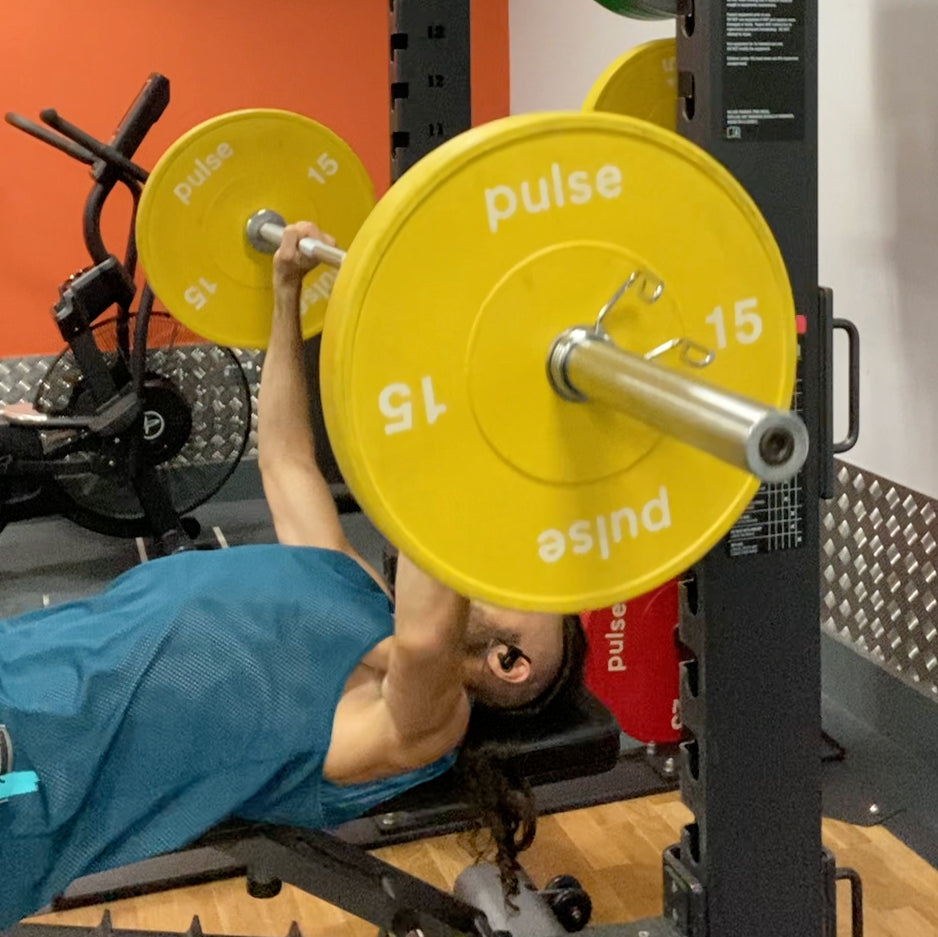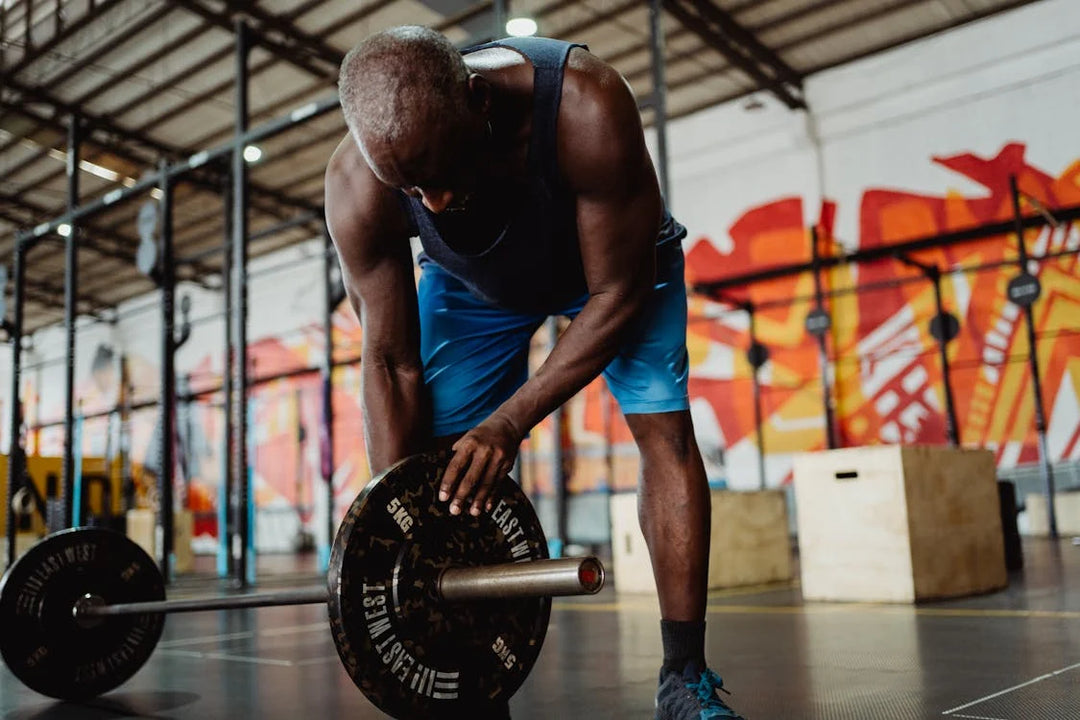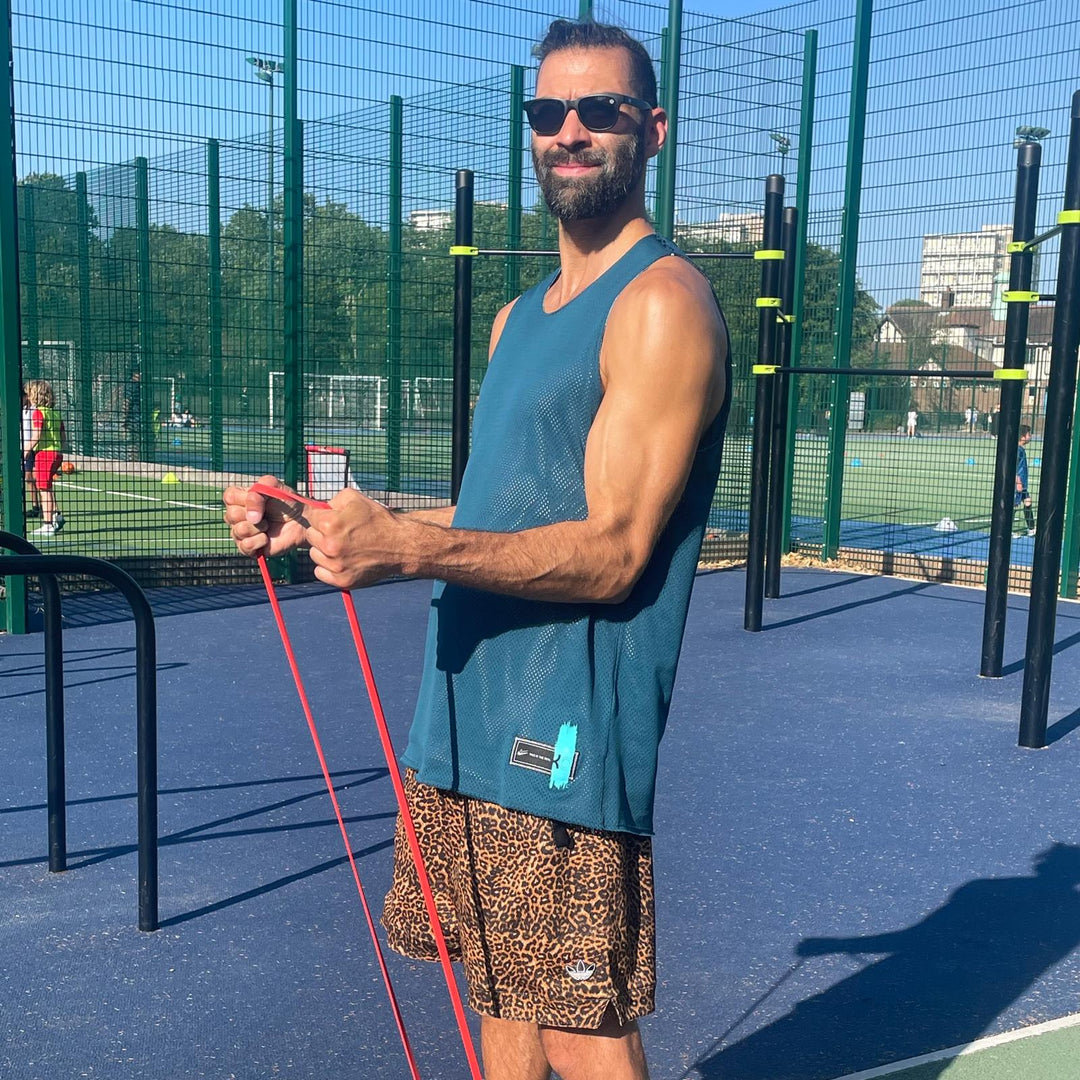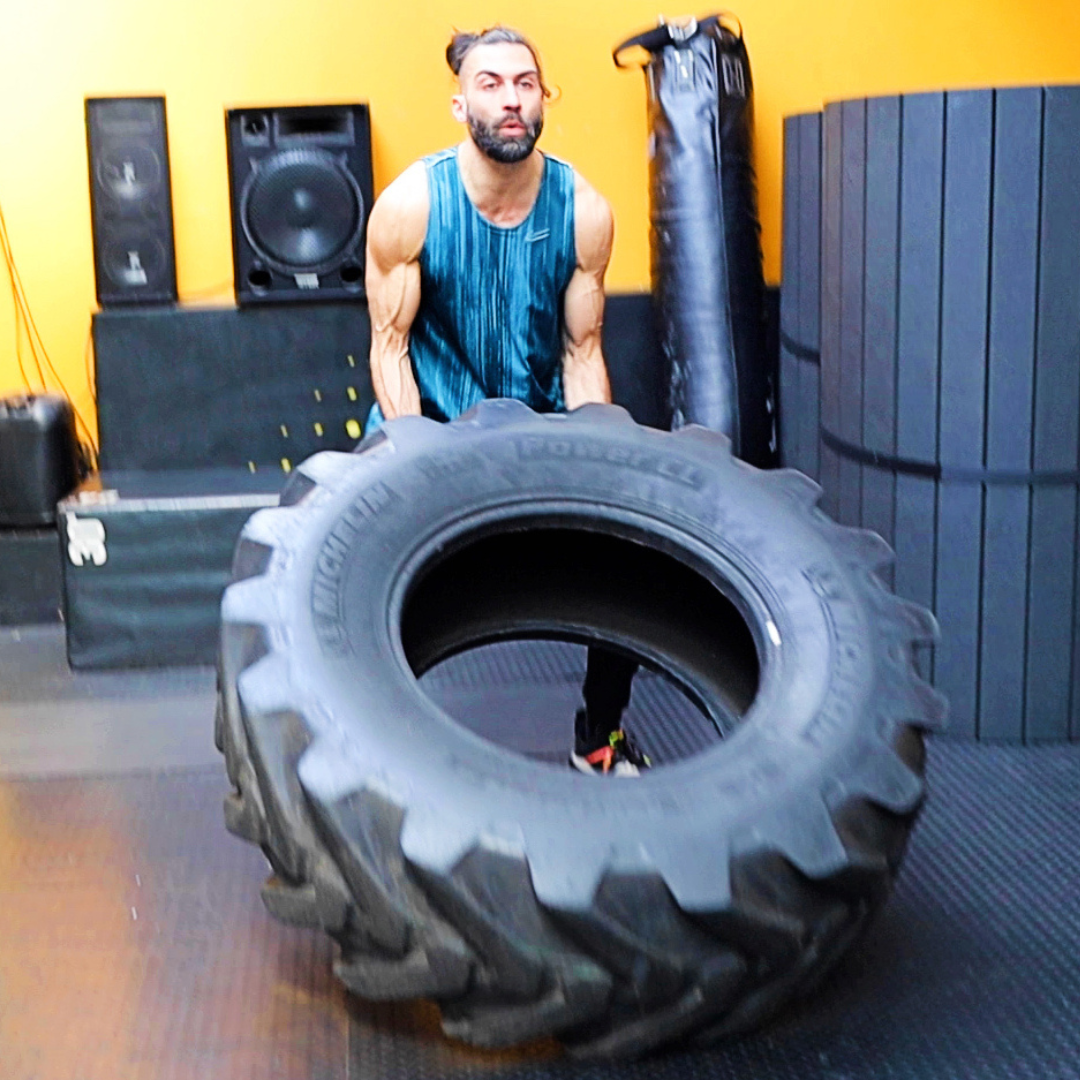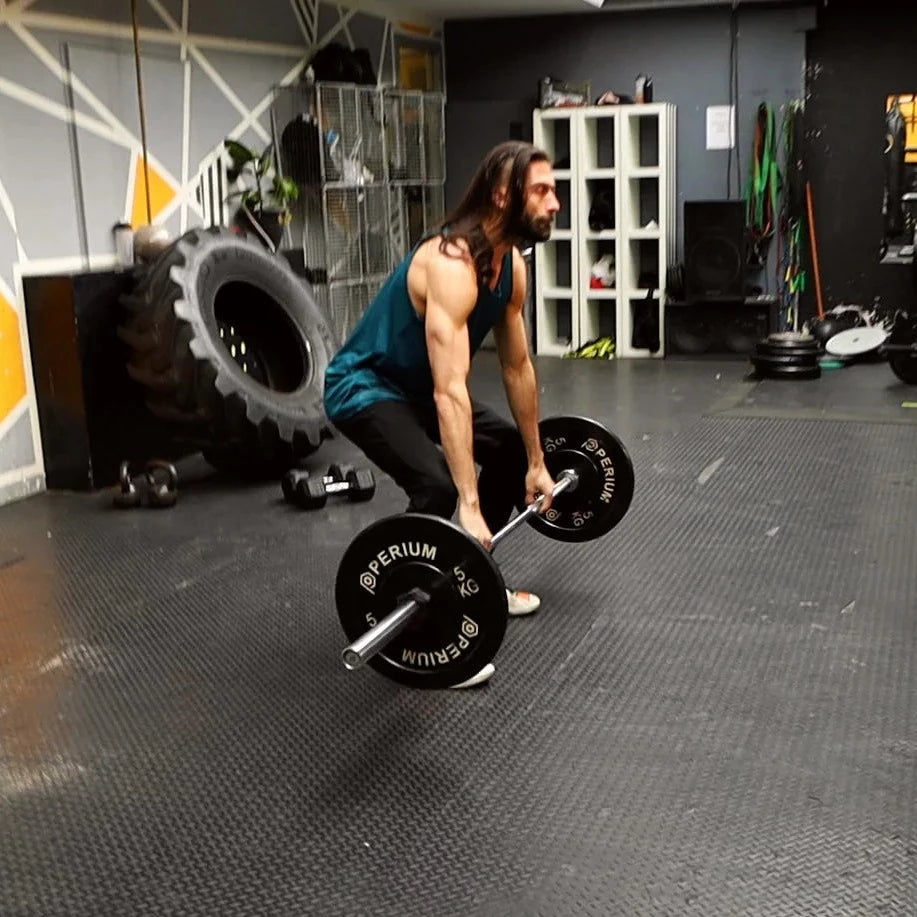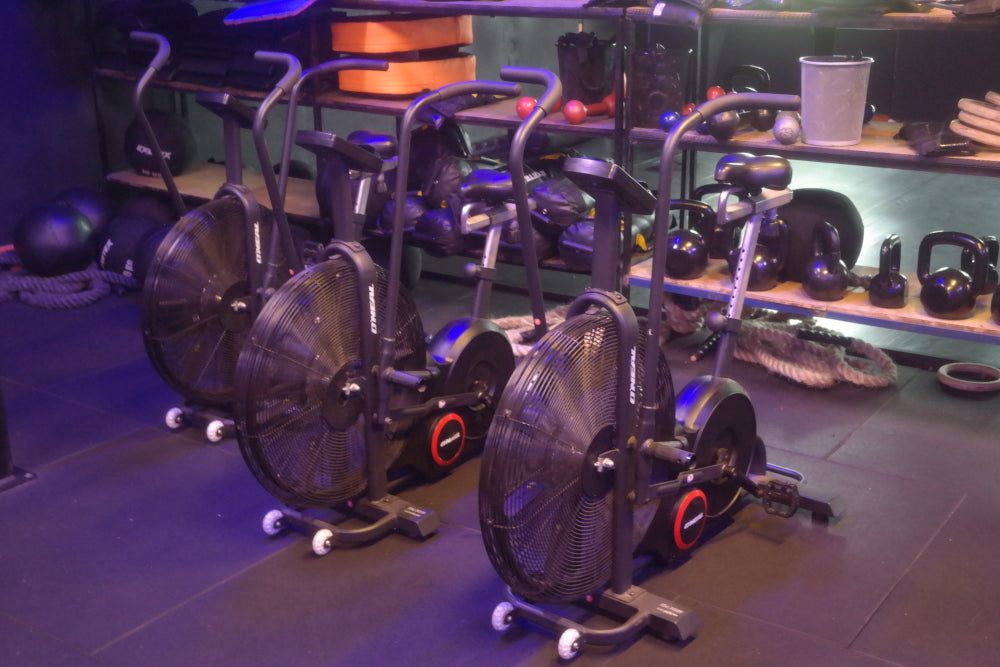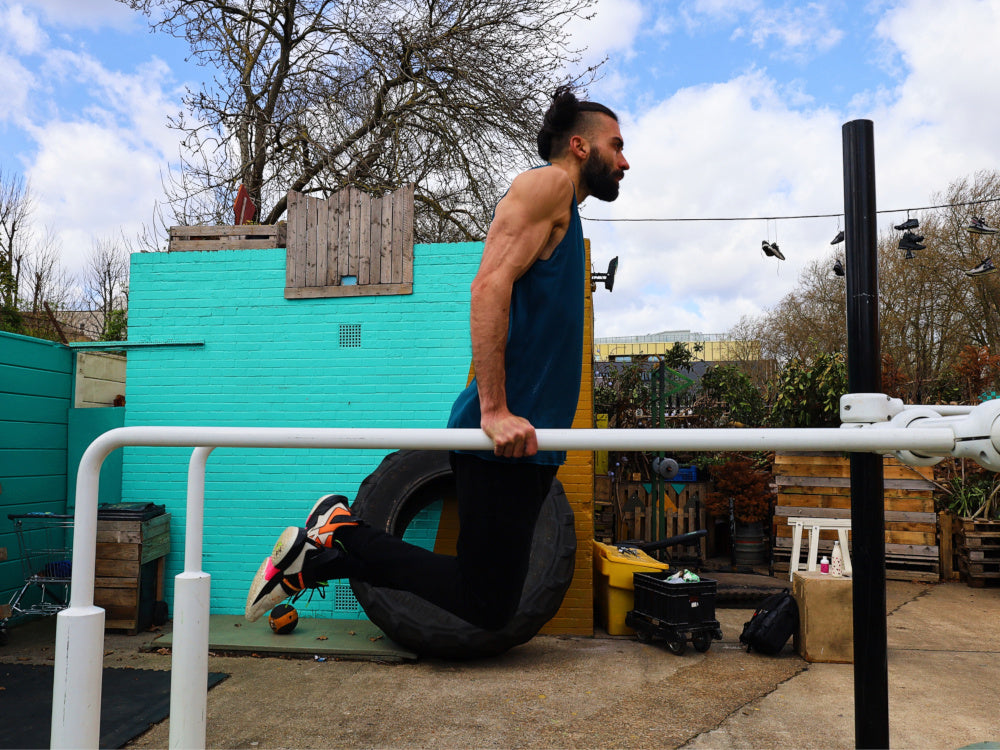Unlocking Your Movement Potential: Mastering Balance for Optimal Performance and Stability
Unlocking Your Movement Potential: Mastering Balance for Optimal Performance and Stability
Introducing Skills: Balance Part 2
In this second installment on balance, we will delve into the intricate workings of our body's operating system and explore the roles of various parts and organs. Stay tuned for a third article where we will discuss integrated balance training and its numerous benefits. But first, let's recap some key concepts from the previous article.
Static Balance refers to the ability to maintain a stable posture, while Dynamic Balance involves maintaining postural stability and orientation during movement.
Now, let's explore the mechanisms at play within the human body.
Maintaining postural stability in both dynamic and static situations requires finding a delicate equilibrium between destabilizing and stabilizing forces. The forces engaged and the resistance held within the body are continuously adapting during balance exercises. This process relies on sensory information from vision, vestibular systems, and somatosensory feedback.
Allow me to provide a simple explanation to illustrate this concept.
The Postural Control system is an integrated feedback-control circuit that connects the central nervous system with the musculoskeletal system, also known as the kinetic chain. The control of our center of gravity relies on the activation of specific muscles for precise movements. This intricate coordination involves complex communication between different brain areas (cerebral, cerebellar), spinal pathways, and peripheral body signals.
Proprioception, on the other hand, refers to the neural input that the central nervous system receives from mechanoreceptors, which sense position and limb movement. In simpler terms, proprioception enables us to sense movement, action, and body position through mechanoreceptors present throughout our body. Efficient proprioception relies on the feedback provided by sensory receptors through our nervous system, and the brain's ability to translate this feedback into action.
Kinaesthesia, on the other hand, is the conscious awareness of joint movement and position. It allows us to perceive our body's place in space and movement.
Mechanoreceptors are specialized neural cells found in connective tissue that translate mechanical distortions of the tissue into neural signals, which are then conveyed to the central nervous system for interpretation. The CNS (central nervous system) then decides on an appropriate response, and electrical signals are sent throughout the body to generate the necessary forces and movements. These mechanoreceptors are located in various areas, including muscles, joints, and tendons.
The somatosensory system forms a network that enables the body to experience touch, temperature, position, pressure, pain, movement, and vibration. These sensations arise from muscles, joints, skin, and fascia.
Integrated balance training involves incorporating exercises that challenge and develop an athlete's balance skills, proprioceptive response, and postural control. It is crucial to train in different ways and across all planes of motion to build a versatile body.
There are two main types of exercises: isometric and dynamic. Isometric exercises are static, requiring the maintenance of a specific position and muscle contraction without noticeable changes in muscle length. The focus is on engaging specific muscles or muscle groups while keeping the joints still.
We will delve deeper into these concepts in our next article, so stay tuned for more valuable insights.


